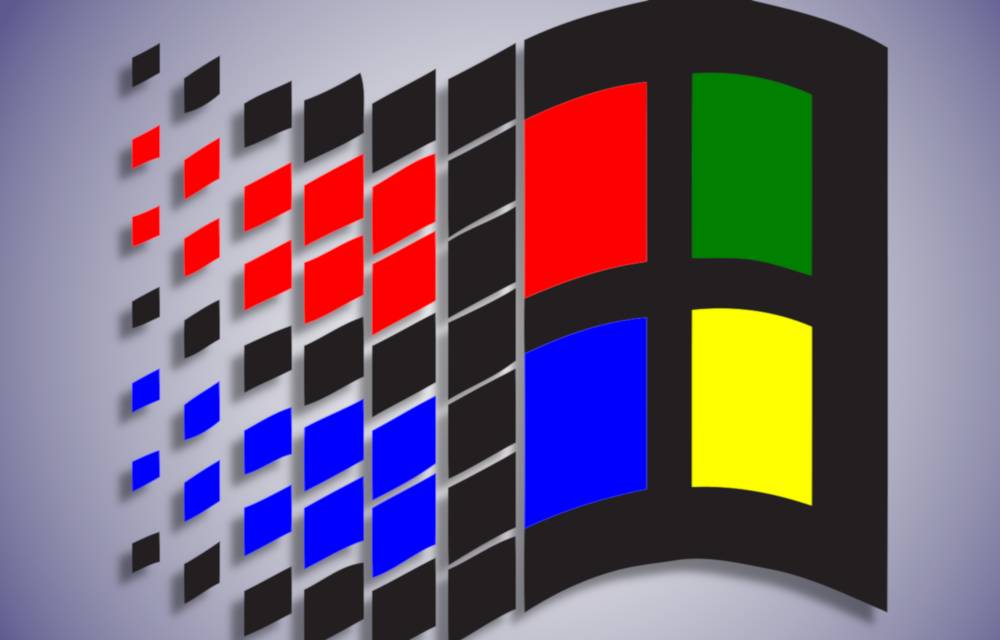
Microsoft veteran Raymond Chen has settled once and for all the question of why the Windows 95 setup program went on a tour of GUIs before finally introducing the user to the concept of the Start Menu.
According to Chen, it was actually three setup programs chained together, and a lot depended on where a user started. If starting in MS-DOS, the setup program would install and boot a miniature version of Windows 3.1. Microsoft had form here; Excel used to come with a runtime version of Windows 2.1 to allow users without Windows to run the spreadsheet application.
Once in the stripped-down Windows 3.1, or if running from the full-fat version, a 16-bit Windows app would be fired up. Chen explained: “This second setup program is the one that does almost all of the real work: It does the initial interaction with the user to gather information about how to install Windows 95, like asking which optional components to include, and does hardware detection to decide which drivers to install.”
The 16-bit app would then take care of copying files and drivers and migrating settings before eventually booting Windows 95 and the final setup app, a 32-bit Windows app, which would deal with any last steps that required a running operating system.
The explanation makes sense – there only needs to be one set of code no matter where a user runs setup. Start it in MS-DOS, and the user is shown a text mode app that does just enough to get them into a mini-Windows 3.1. Run from Windows 3.1, and the user goes directly into the 16-bit Windows application that is doing all the hard work, and so on.
It’s easy to forget the excitement of installing Windows 95 for the first time, initially running through some text mode screens to configure the hard disk (remember when more than 512 MB was considered “large”?), and then seeing something that looked suspiciously like Windows 3.1 appear before eventually dropping into the grey world of Windows 95.
Almost 30 years on, Chen’s explanation harks back to simpler times and an era when a minimal version of Windows 3.1 could run from a floppy disk instead of demanding a connection to the internet and gigabytes of storage. Progress, eh? ®






